In this week’s session, I covered a range of topics including corset construction, draping techniques, and answered various questions from students. I demonstrated how to create pleats for a Roxanda-inspired dress and discussed different approaches to corset making for various body types. The session was a mix of practical demonstrations and in-depth explanations of garment construction techniques.
Demonstration Steps for Roxanda-inspired Dress Pleating:
- Start with a rectangular piece of fabric for front and back
- Create an opening for the arm, about 20-30 cm long
- Attach the side seam to the underlying bodice
- Begin pleating from the waist, leaving space in the center front
- Create pleats radiating from the shoulder point
- Adjust pleats to create desired fullness and shape
- Repeat pleating process for the back, creating more volume towards center back
- Mark and number pleats for pattern-making
Questions & Answers:
- Q: How do you support a DD cup in a corset without underwire?
- A: A well-fitted, snug corset with a raised back can provide sufficient support without underwire. The fit is crucial for proper support.
- Q: Do you make the bra section separately in a corset dress?
- A: No, it’s part of the full corset. The pattern includes separate cups sewn to the waist area.
- Q: What type of boning do you recommend for corsets?
- A: I use rigilene boning, about 1 cm wide. We’ll discuss materials in more detail next week.
- Q: How do you finish the back closure of a corset?
- A: I typically use hook and eyes, sometimes zippers. For fluctuating weights, I’ve used lacing. We’ll cover this more next week.



